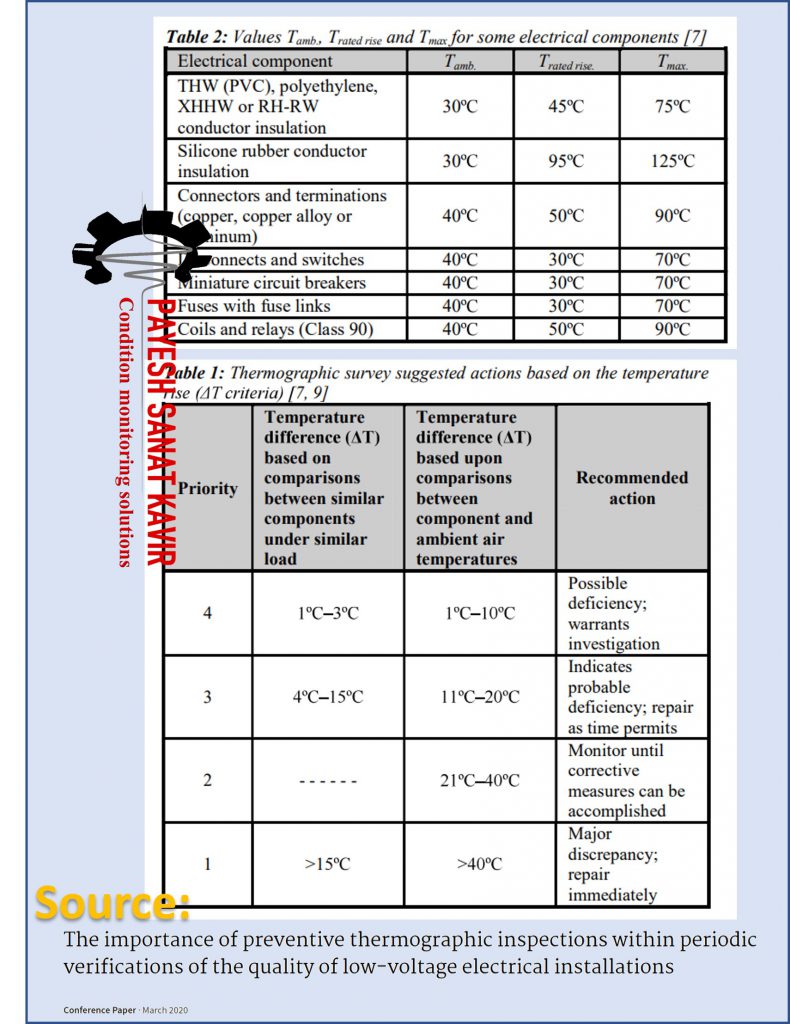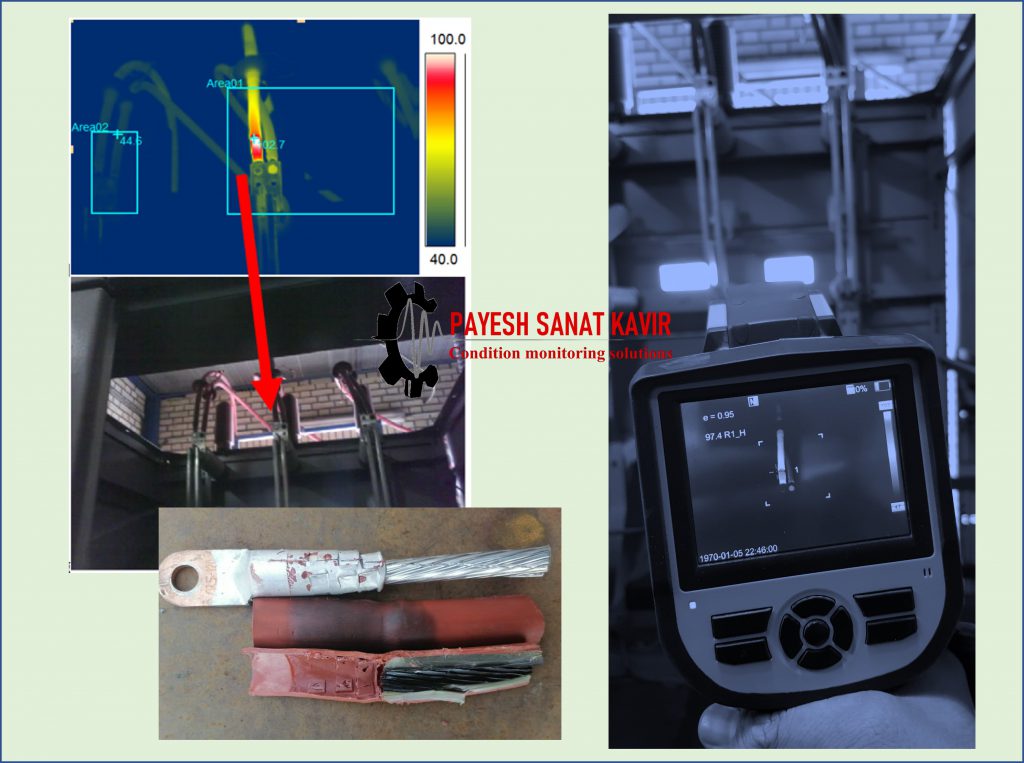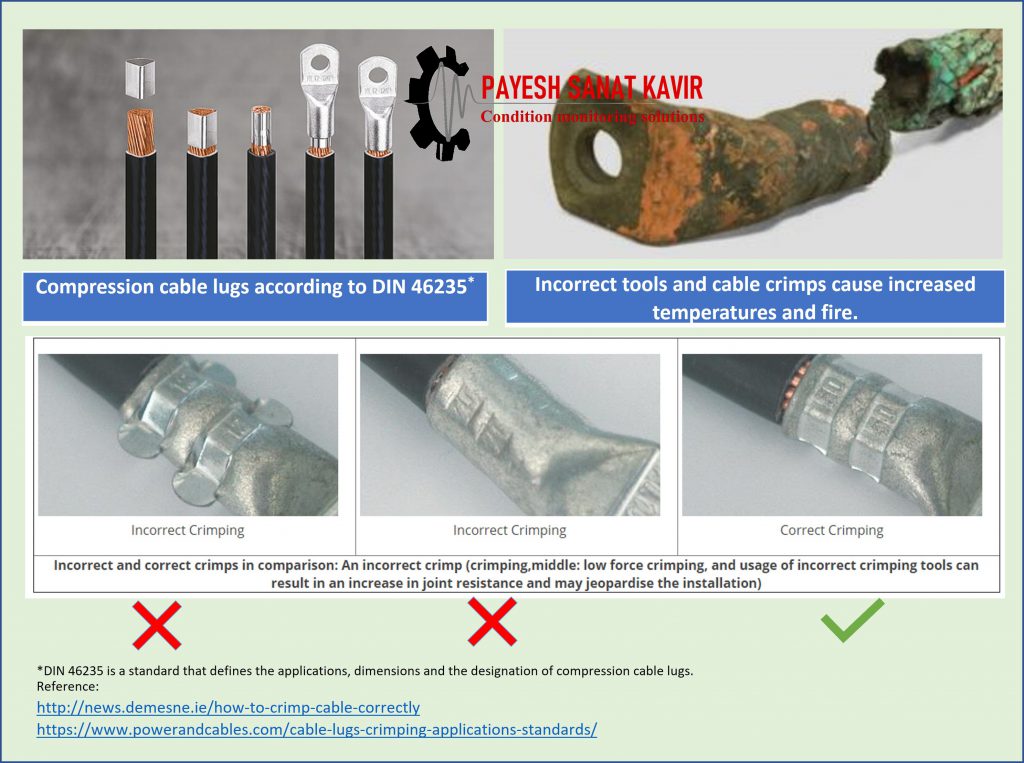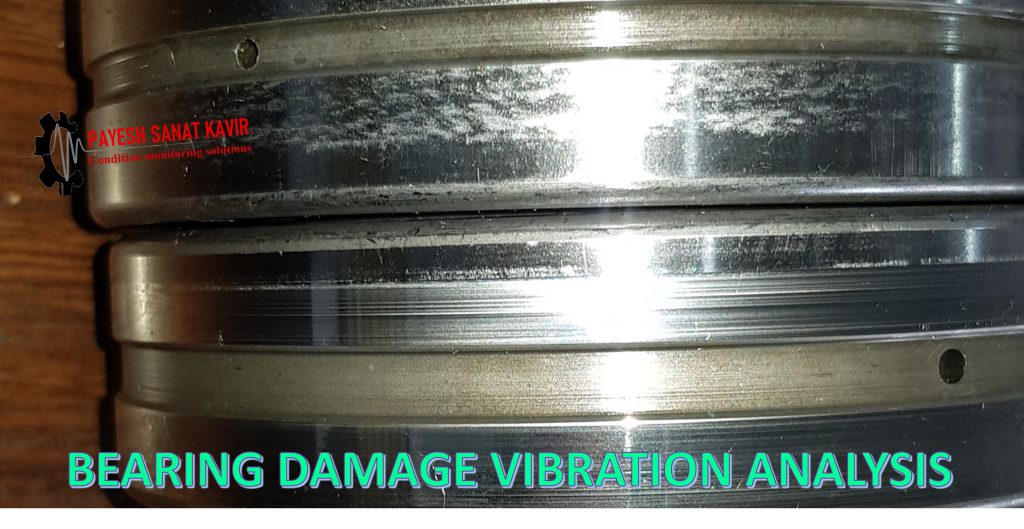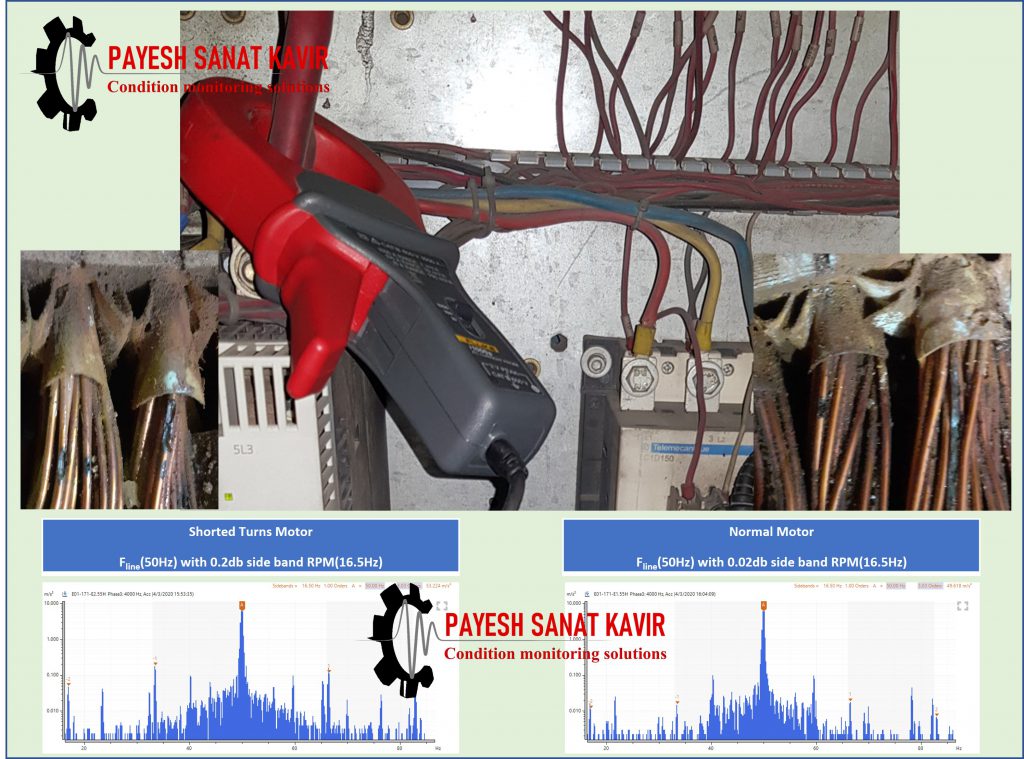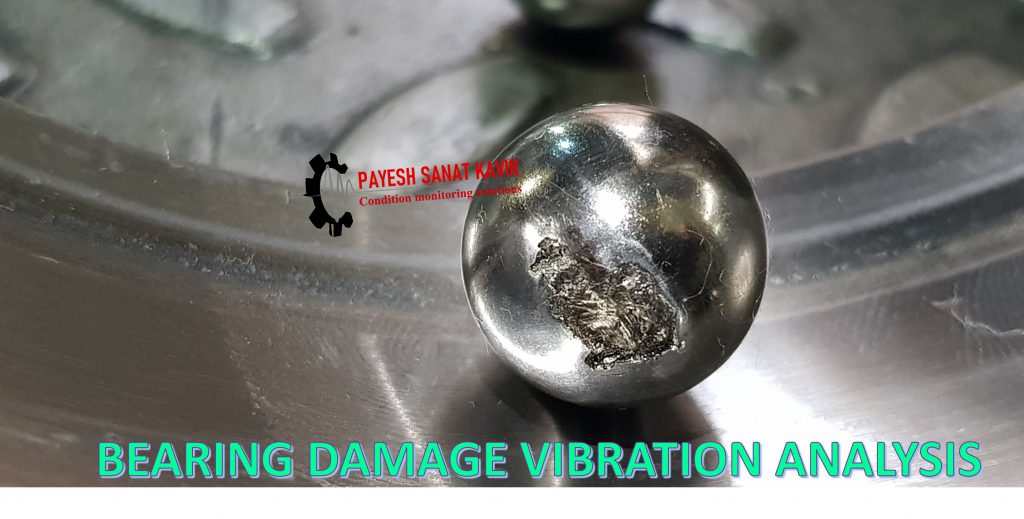
Rolling Bearings are vital components in various industries and ensure accurate and smooth rotation of equipment.
Various defects and failures can happen to them, which prevent their efficiency and proper functioning.
Bearing failure creates many parallel and simultaneous patterns. Full knowledge of these patterns helps us to diagnose their failure with sufficient confidence even without “having enough information about the bearing number”.
An example of vibration techniques for detecting bearing defects that we can use to correctly diagnose the failure and estimate its severity:
A- Frequency spectrum Symptom of Vibration velocity spectrum)
B-1 Vibration acceleration spectrum: Frequency spectrum Symptom
B-2 Vibration acceleration spectrum: Noise floor
C- Pattern of time signal Vibration acceleration
D- Frequency spectrum Symptom of acceleration envelope
E- Evaluation of the value or changes (trend) of the values of different parameters
Evaluation of the value or changes (trends) of parameters
Each parameter gives us a value that hopefully represents the health or failure of the bearing. Certainly, if this method (method E) is highly reliable, it will greatly reduce our work in reducing analyzes (methods A to D)
To use a parameter correctly, it is necessary to know exactly how it is calculated, because only in this case we will be able to have a correct understanding of its accuracy and the reason for its changes under different conditions.
In various industries, we have seen that the incorrect use of parameters has led to premature replacement of healthy bearings or even jamming of the bearing without warning.
For this reason, in the training course “BEARING DAMAGE VIBRATION ANALYSIS”, while testing several different failures, we examine the effect of failure severity and rotation speed on the values of different parameters.
We also examine the theoretical concepts related to these parameters and the conditions under which these parameters have errors.
Also, in order to increase accuracy, we will examine how to “simultaneously use” the “above techniques (A to E)” so that we can ensure the presence of failure and the severity of failure growth with sufficient confidence.
Today, different equipments offer different parameters according to their available signal processing and sensors:
In this brief article, we review some of these parameters:
BC- Skew- BCU -HDM- dBM- SFx-Spike Energy- Peak value-Crest Factor- Envelope Parameter
dBM parameter of the SPM Sock Pulse Method: Is calculated from the statistical analysis of the detected signals at very high frequencies.
HDM parameter: It is an improved method of dBM parameter.
BC parameter: It is the RMS value of acceleration signal with high-pass filter.
BCU parameter or Bearing Condition Unit: It is a parameter that expresses the condition of the high frequency vibration range.
The parameters extracted from the envelope signal: These parameters are depend on the demodulated acceleration signal in the considered frequency band. Considering that the signal is manipulated in the envelope process, the obtained units are not standard and different equipment use different units to express the value of the envelope signal. Such as: eu, Hdrp, gE, …
Kurt or Kutosis parameter: Kurtosis; the amount of transients in the vibration signal “tailedness” of the probability distribution of random variable.
Crest Factor parameter or sharpness index: It shows the ratio of the peak value to the RMS value. To diagnose bearing failure, this parameter is often checked in the acceleration unit.
RMS parameter: shows the RMS value of the signal. To detect bearing failure, this parameter is often checked in the acceleration unit.
Some of the out cases ostudy whose will be analyzed individually by candidates

























